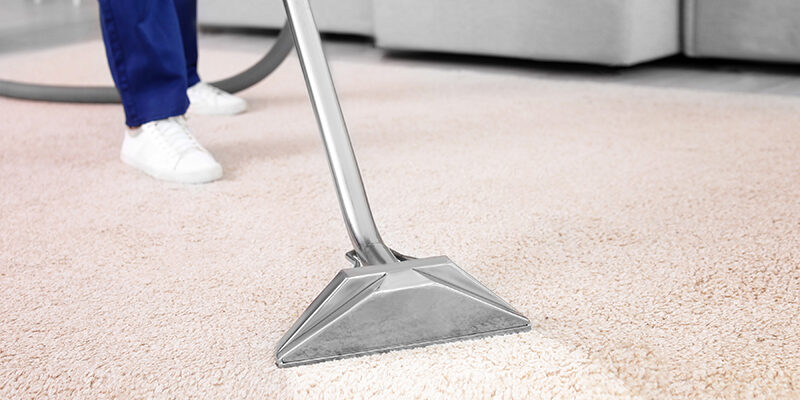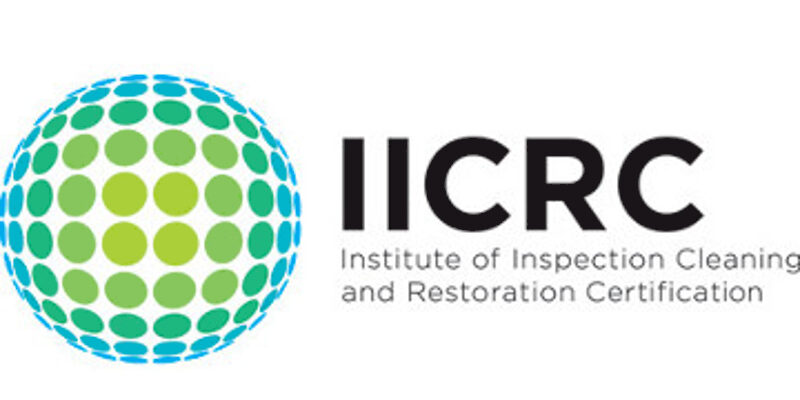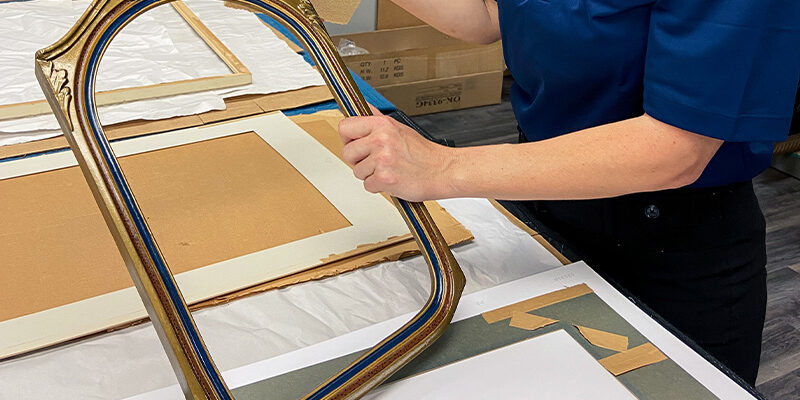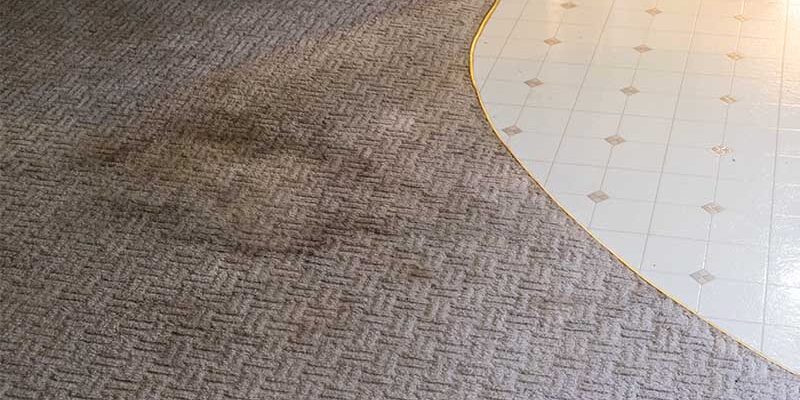Pile Reversal and Shading
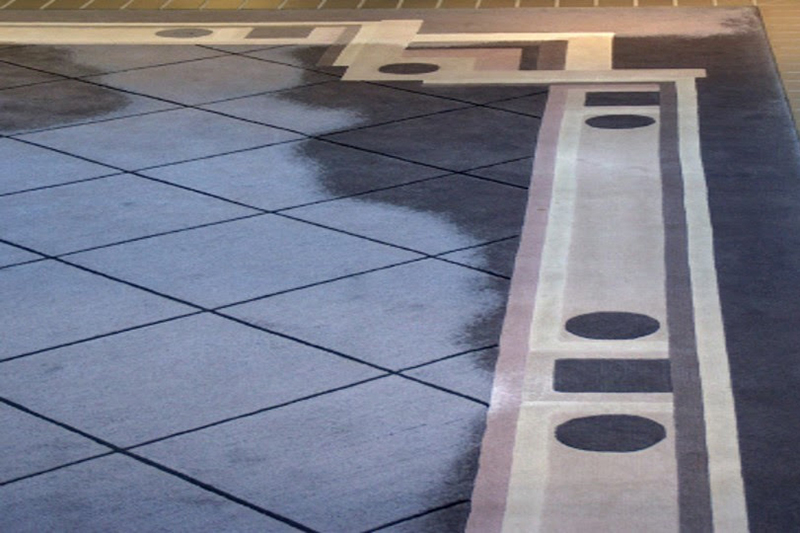
Pile reversal and shading are common carpet problems that can occur to any carpet with a cut pile element. However, it is most often observed in smooth surfaced, densely constructed, plush-style carpets. It can cause areas of a carpet or rug to appear lighter or darker than the rest of the carpet.
This phenomenon’s occurrence is random, and its causes are largely unexplained. It is difficult, if not impossible, to predict or prevent.
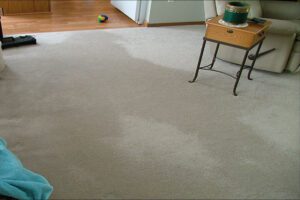
Pooling
Pile reversal creates a permanent change in the carpet’s appearance caused by the difference in the way light reflects off the sides and tip of a yarn as the pile lays in different directions. Shaded areas appear lighter in color from one direction and darker from another direction.
Pooling or watermarking are other terms for this phenomenon and can occur in both trafficked or untrafficked areas. Pooling or watermarking might develop on a carpet made with any fiber(s) or manufacturing process. Once the condition has developed, it cannot be removed permanently.
A carpet exhibiting watermarking might look as though water has spilled on sections of the carpet, hence, the term “watermarking.” While it looks like something has spilled on the carpet, water has nothing to do with it; it is a phenomenon with no known cause or permanent fix.
Why the carpet pile, which lays uniformly in one direction when installed, changes direction permanently, is often a mystery. It can also appear that the carpet has lost color in the affected areas, but after close examination and testing, you’ll discover that no color loss has actually occurred.
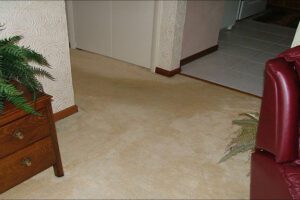
Traffic-related pile reversal
In many installations, the pile reversal direction is predictable from the pattern of foot traffic. Carpet pile is pushed away from turning traffic and toward the sides of a corridor.
When any form of pile reversal takes place, there is little which can be done to return the carpet to its original appearance. Pile lifting, steaming, brushing, or vacuuming might create some temporary appearance change; however, this change is only at the top portion of the tufts, and the pile will eventually return to the reversed position.
All these phenomena are characteristic of a textile floorcovering; they are not manufacturing or installation related.
References:
Carpet and Rug Institute (CRI) Technical Bulletin:
Pile Reversal–Watermarking Shading (April 19, 2018),
Pile Reversal–Watermarking Shading Technical Bulletin (www.carpet-rug.org).


